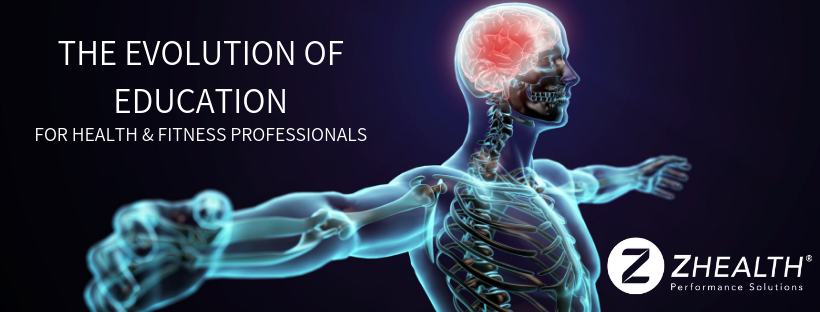
Z-HEALTH
“It is time to embrace a neurobiomechanical model to maximize results for athletes”
Dr. Eric Cobb
Brain-based training method
While most training systems focus on individual muscles with strength and mobility training or on the cardiovascular system with endurance training, Z-Health goes one step further: the nervous system as the control centre for all bodily functions is the focus of the training.
History and development
Z-Health was developed by human biologist and chiropractor Dr. Eric Cobb. “Z” stands here for the Russian word “Zdorowje” (здоро́вье), which means health. In the course of his life, Cobb has incorporated the most diverse currents into Z-Health. His skills in martial arts were influenced by us-amerkan teachers like Scott Sonnon, who brought special techniques from Russia to the states and further developed them there. In parallel, he studied the work of Vladimir Janda and Karel Lewit, world-renowned key figures in musculoskeletal research and rehabilitation. During his time at Chiropractic College, Cobb began to study fear and its physiological effects on the body. The neurophysiological basis of Z-Health also lies in the concept of anxiety.
Cobb also integrated concepts from Moshe Feldenkrais and F.M. Alexander into his system. These two body therapists have made decisive contributions to the therapy of inefficient postures and movement patterns based on fear reflexes.
Why the nervous system?
The holistic nature of Z-Health is only possible because all bodily functions are viewed through a neuroscientific lens rather than from a biomechanical-functional point of view.
All Z-methods are seen under the neuropsychological approach "how does the nervous system interpret the situation?The nervous system rules in the body. Rapid changes in pain, mobility, strength, coordination and speed are only possible by “retraining” the nervous system. In practice, this system uses three basic functions of the nervous system:
- It is the control system for all our behaviour
- It’s our most stable system
- Recent research shows that the nervous system can learn and adapt at any age
- It’s the fastest system. Nerves communicate without delay. No other body system is able to do this.
How are nerves focused?
Z-Health trains the nervous system through special mobility exercises as well as visual and vestibular forms of training. These exercises improve the signaling pathway that makes the nervous system “smarter” at controlling movement. The result is finer, more coordinated and more powerful movements.
Specific coordination exercises combined with visual and vestibular training are the best way to communicate with the nervous system. This activates a high number of nerve endings that send direct feedback to the nervous system.
This feedback gives the brain feedback about its position, the speed of its movements and whether they are considered safe. A better perception can help to relieve pain and to exhaust the personal performance potential. In other words, the connection between brain and body is improved.
What does Z-Health look like?
What distinguishes Z-Health from other systems such as Yoga, Tai Chi or other martial arts is not the exercises, but the way they are performed. The accuracy and specificity of Z-Health make it different from other movement concepts. In addition, the system offers a variety of neurologically based training drills for strength training, sport vision and balance training.
Where is Z-Health used?
The boundaries between fitness, therapy, health and competitive sports are more fluid with Z-Health than with any other training system. The field of application for Z-Health can only be done in a single session. Z-Health makes your regular training program much more efficient: The better you can move, the less pain and tension you will have. Strength and endurance training have greater effects because exercises can now be performed at a higher level. Z-Health is often referred to as the “brain-based training method”.
The concept of neurocentric training
To simplify the concept of neurocentric training, consider that three basic steps are required for the human nervous system to create movement and control posture.
In this process, the peripheral and central nervous systems must:
- Receive INPUT signals from our sensory systems
- INTERPRET the incoming signals and make a DECISION about what to do
- Create a motor OUTPUT
This means that every movement we make is the SUM TOTAL of:
- Incoming signal quality and quantity
- The brain’s ability to accurately understand and interpret inputs, and
- Outgoing motor control quality and movement capacity
Because each of these factors carry equal importance in how we feel, move and perform, Z-Health professionals must be experts in assessing and training each component of the total neural loop

